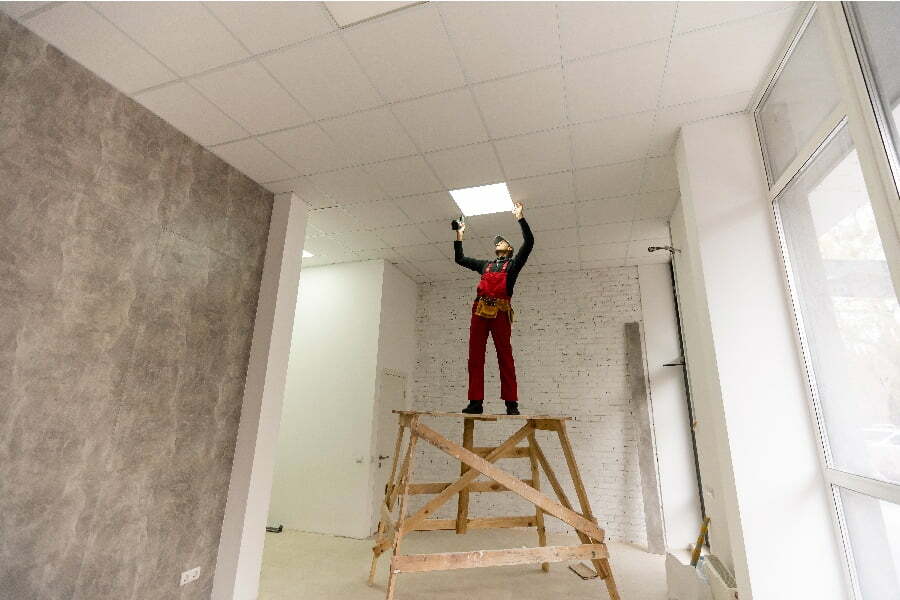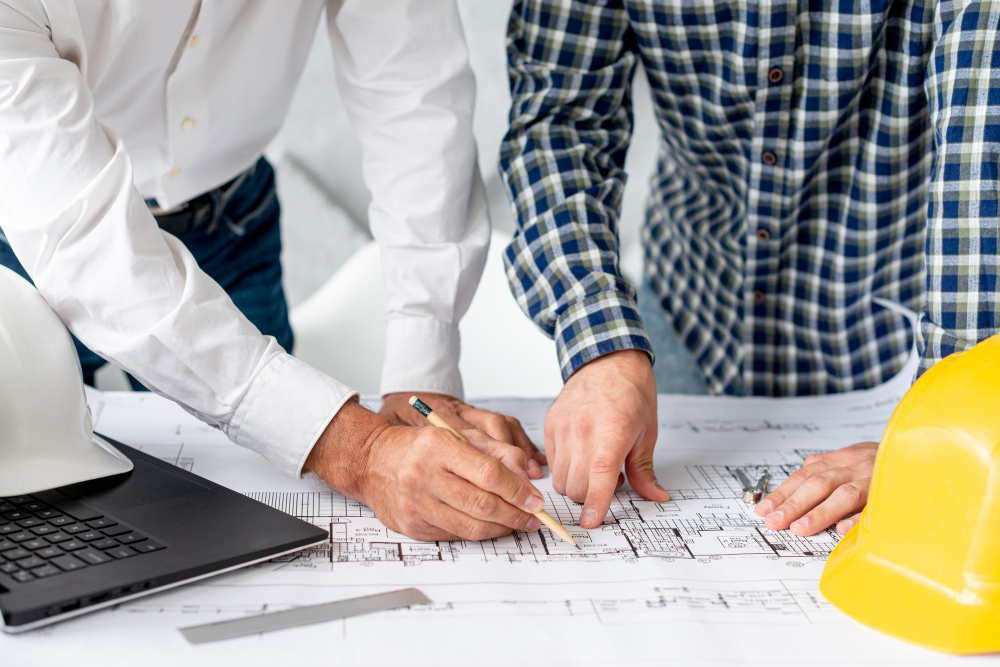Last updated on
If you have anything to do with working at construction sites, you need to know the safety essentials of being in one. Read on!
It’s shocking to realize that the number of deaths on Australian construction sites rose by almost 25% in 2020, as compared to 2019. Additionally, in 2019, the construction industry ranked third in the number of workplace injuries, resulting in 25 workers losing their lives.
As a responsible builder, it’s clear that you need to take every precaution possible to avoid accidents and ensure that your site doesn’t contribute to these depressing statistics.
While you already take several precautions, not least because many are required by law, is there still any way that you could strengthen the safety measures on your site? Fortunately, there are! Below, we look at 8 key areas that could make a difference in protecting your workers and site visitors.
Heighten Safety Awareness
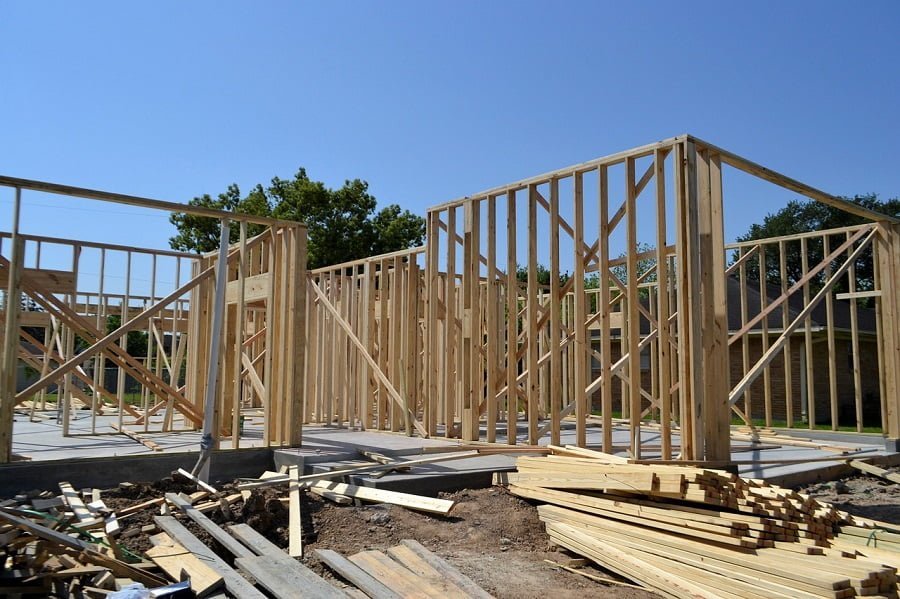
How visible are the site information and safety notices around your site? Notices are intended to raise awareness only if they are arresting enough and people take action based on their messages. Ask some of your workers to describe the messages on the signs they see day in, day out. If it’s clear that the notices have effectively become ‘invisible,’ the chances are that their safety instructions and advice will be ignored. If so, maybe it’s time to replace them with some attention-grabbing printed corflute signs.
Welfare Facilities
Construction workers need to take breaks from time to time, which is why there must be a dedicated area that’s free from risks of falling objects or flammable materials where they can rest during their breaks.
Training and Inspection
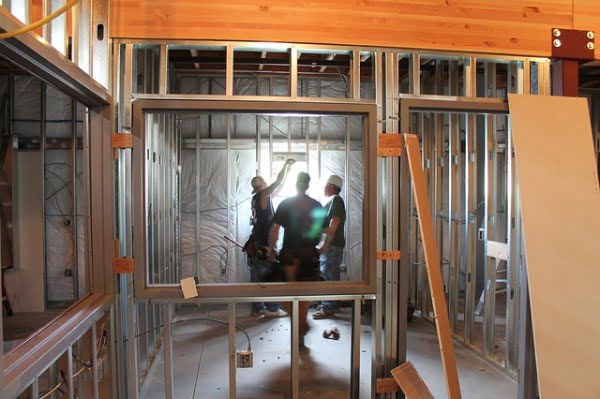
The greatest safeguard against accidents on site is a workforce that is well-trained to understand the risks they may face and to treat safety as the number one priority. Who is the designated trainer for your sites, and what training have they had? Do you have written training materials or is the training done informally? What training records do you keep?
These things are not only important to comply with regulations and insurance requirements, but they also send a clear message to your team about the value you place on their safety. Once the training has been professionally completed, it’s not enough to assume all is well. Are the safety standards you have in place adhered to 100% of the time? What happens when a worker notices something that violates safety procedures? How often do you carry out safety audits using an objective and qualified assessor?
When it comes to health measures, you can buy porta potty and portable sinks to increase hygiene levels on site. Additionally, make sure all areas are well-lit and equipped with proper ventilation to avoid accidents related to inadequate lighting.
Site Tidiness

A tidy and well-organized site in itself contributes to safety. Hence, ensure that tools, equipment, and materials are cleared in secure storage spaces for safety, especially when they’re not in use.
Create clear boundaries that separate the site from public view, perhaps using some attractive printed fence covering. Building wraps can also be used to cover scaffolding, which not only makes it look tidier from the outside but also provides an additional layer of safety for those working at height by increasing awareness of the edge.
The advantage of this type of cladding is that, in addition to being easy to install and remove, it can also be reused at different sites once a project is finished
Protective Clothing
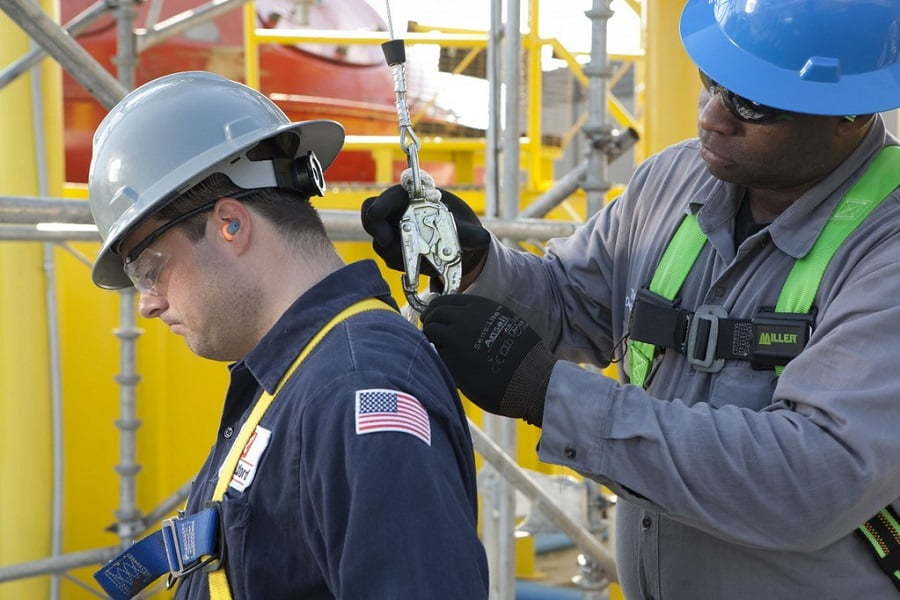
Every worker on-site should be issued with the regulated protective clothing and equipment. Hard hats, ear protectors, gloves, and heavy-duty steel-capped boots should of course be a standard issue. However, what is important is that they’re actually used.
When the ambient temperature or humidity levels are high, the temptation is to remove items in an attempt to cool down. Vigilance to ensure that protective clothing is worn at all times is required, and precautions should be taken to ensure that people have plenty of opportunities to cool down and remain hydrated.
Vehicles Onsite
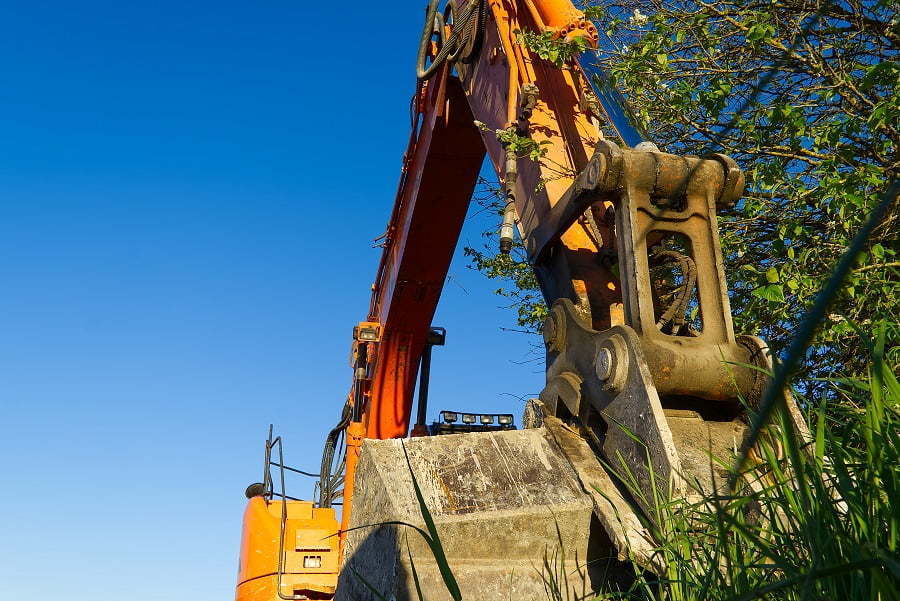
Many construction site accidents are caused by vehicles, either when they’re loading or unloading, or maneuvering with limited visibility. If possible, create an exclusion zone, with a one-way system and space for a turning circle, for vehicles.
Manual Handling
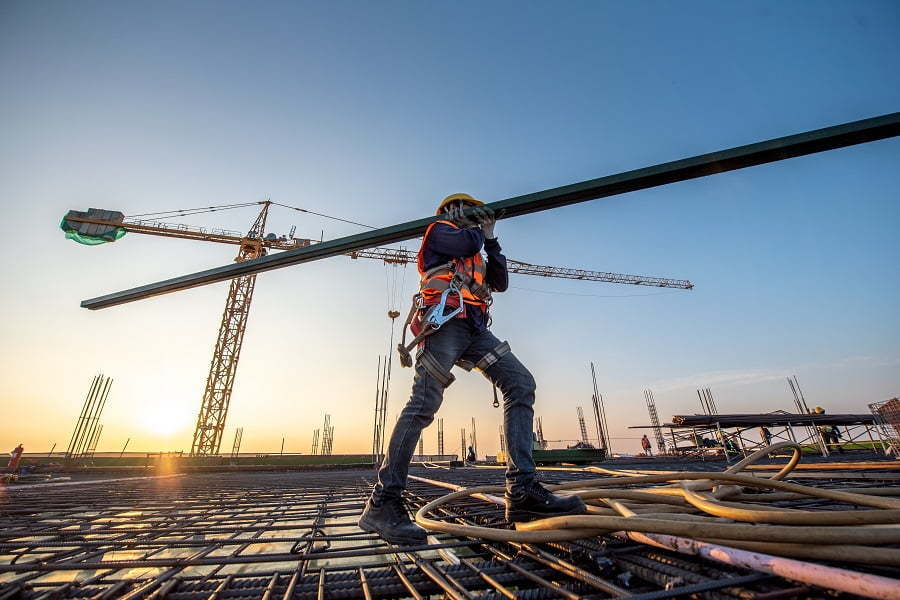
Construction workers are at risk of injury due to poor manual handling practices. The nature of the work often requires the lifting of heavy objects, awkward working postures, repeated actions, or the use of vibratory equipment.
Workers unable to work due to injury are not the only immediate cost to the project. Chronic pain, slow recovery, cost of medications, and inability to work can all have an emotional cost, resulting in depression.
There are several preventative actions that you can take, such as effective signage and practical training on lifting techniques with assessment and repeated refreshers. Wherever possible, the weight of building materials should be limited to no more than 25kgs. When workers are repeatedly carrying heavyweights, breaks should be built into the process.
Emergency Procedures
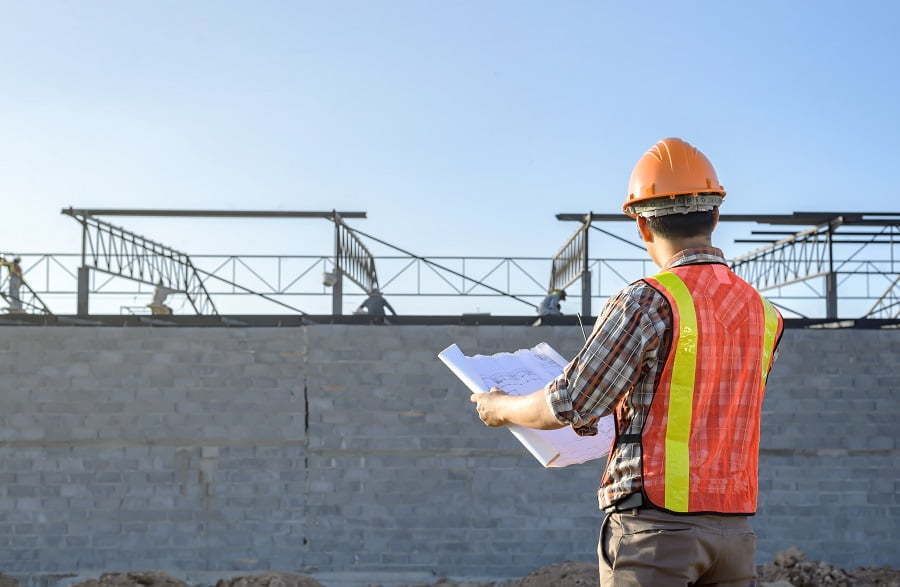
The final piece of your safety procedures to consider is how you would deal with an emergency on-site. For example, are all workers trained on how to react in case of fire? Can they all point out the location of the nearest fire extinguisher? Is the muster point clear to all? Do you have an appointed fire warden? Who is responsible for raising the alarm and calling the emergency services?
What is the proportion of qualified first-aiders on-site? How often do they attend refresher course training? Do all your workers know how to access first aid equipment, and how often is it checked?
After an incident, or even the report of a near-miss, what action is taken? Is there a procedure in place to analyze what enabled it to happen so that a recurrence can be avoided?
Displaying clear messages about emergency procedures and first aid can help ensure that, when the worst happens, the situation is dealt with appropriately and everyone understands their role.
In the end, your company’s reputation for safety is essential for your continued success. Clients will hesitate to contract companies with a poor safety record, so place site safety at the top of your priority list and be proud of your accident-free site.
Related reading:
Table of Contents


